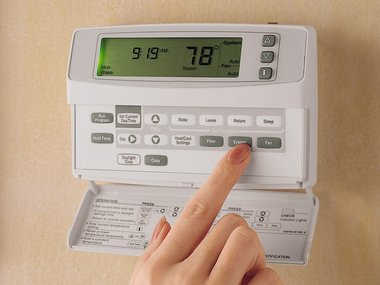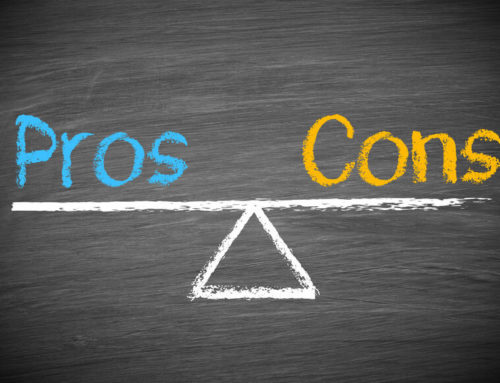Programmable thermostats are used in many households as a way to reduce energy bills. These thermostats allow the homeowner to control their home’s temperature even while they are away. However, the homeowner will only see these benefits if the thermostat is working as it should. If your thermostat is not functioning, the result will be that the rooms in your home are either too hot or too cold. In addition to being uncomfortable, you may be facing high energy bills as well.
There are many potential causes as to why your programmable thermostat may not be working properly. Knowing these causes can help you to diagnose the problem. Here are some of the potential reasons for your thermostat issues:
- There is No Power Going to the Thermostat
Your programmable thermostat will not work if there is no power going to it. Make sure that the wires connected to your thermostat are attached correctly and tightly. If loose or unconnected wires are the cause of your problem, this should get your thermostat working again. Blown fuses and dead batteries are some of the other problems that can result in your thermostat not getting any power. - It is Dirty
In order for a thermostat to function as it should, it must be kept clean. Dust, spider webs and even nicotine can coat the internal components of your thermostat so that it malfunctions. It is possible to clean your thermostat by removing the cover (it may be necessary use a screwdriver) and brushing the wires with a fine-bristled paintbrush. Compressed air may also be used to used to remove debris and get the thermostat working again. Dirt in your thermostat can cause issues like the failure to turn off or to turn on. It may also result in your thermostat repeatedly turning on and off in a short period. - The Wires Are Loose or Corroded
When the thermostat is opened for cleaning, the wires should be inspected. If there are any that are loose, they should be tightened. If necessary, look up the wiring schematics in the owner’s manual. This will tell you if everything is wired correctly. Corroded wires should be replaced. Always remember to remove the batteries and cut the power at your fuse or breaker box before attempting to do any work on the wires. - It is Not Level
Thermostats should be installed in such a way that they are level. If a thermostat is installed at an angle, it will not work properly. You may find that the temperature inside your home does not match the setting on the thermostat. A spirit level may be used to check the angle. In addition to being level, a thermostat should be installed at least five feet above the ground in order for it to function properly. - It is Located in the Wrong Part of the Home
Thermostats may also malfunction because of poor placement within the home. Your thermostat should not be installed in any part of your home that is susceptible to drafts. It should also not be placed in parts of the home that get cool faster or more slowly relative to the rest of the house. The area in which it is installed should be properly insulated and not close to the parts of the home that are likely to get hotter than everywhere else. If your thermostat is having issues due to its poor location, consider moving it to another part of your home. Consult a professional for help with choosing an ideal location. - Problems with the Heat Anticipator
The round dial inside mechanical thermostats has a small lever called a heat anticipator. This lever should be adjusted depending on whether the air conditioner or furnace comes on too often or if either of those appliances runs for too long. The anticipator ensures that the home’s ambient temperature is kept stable.
If your thermostat has issues and you are unable to get it to work, consider replacing it. While there are expensive programmable thermostats that cost hundreds of dollars, there are also many affordable models. Be sure to give Chills a call if you have any questions about your thermostat. We’re here to help!





